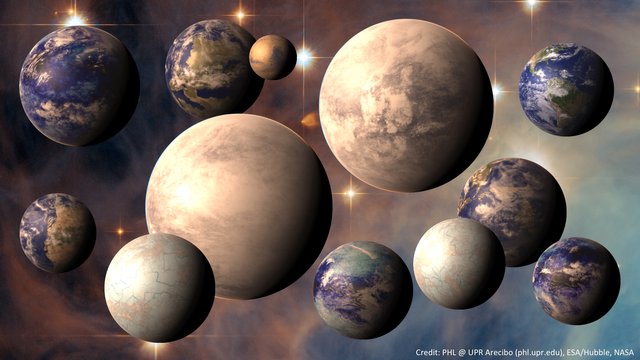
When a exoplanet tilts to its side with respect to its star, it is called planet obliquity, this is responsible for the change in season we experience on Earth where a part is tilted towards the Sun at some specific times leading to the tilted part experiencing a harsh sunlight and the other side left with almost no sunlight.
We have only studied few planets that are totally tilted to their side a notable is Uranus which was predicted to have experience a tough collision leading to what we see now, a completely tilted planet that is rotating on its side. We don't have much record of tilted planet because it is almost impossible and becomes more difficult to get if a planet is tilted the farther away from us it is.
NASA's exoplanet discovery satellite "Kepler" is one of the successful satellite and have helped discovered thousands of exoplanets, more than ever imagined. But its discovery comes with a mystery, the predicted orbit and behaviour of the exoplanets go against the normal, they are not in resonance with their orbit so their habit is not explainable.
Scientists Sarah Millholland and Gregory Laughlin (both at Yale University) have proposed on March 4 in "Nature Astronomy" that a number of exoplanets may be rolling on their side. This, if proved will help explain the mystery behind the behaviour of exoplanets. When a planet tilts to its side, it really can go out of resonance and exhibit the strange behaviours that we can see in those exoplanets.
Overall, the referee in this matter will have to be Spitzer telescope or the upcoming James Webb Telescope, only these two have what it takes to really study the rate of tilt of exoplanets.
Posted from SydeWalKa : https://sydewalka.com/space-news/tilted-exoplanets-may-explain-astronomical-mysteries/